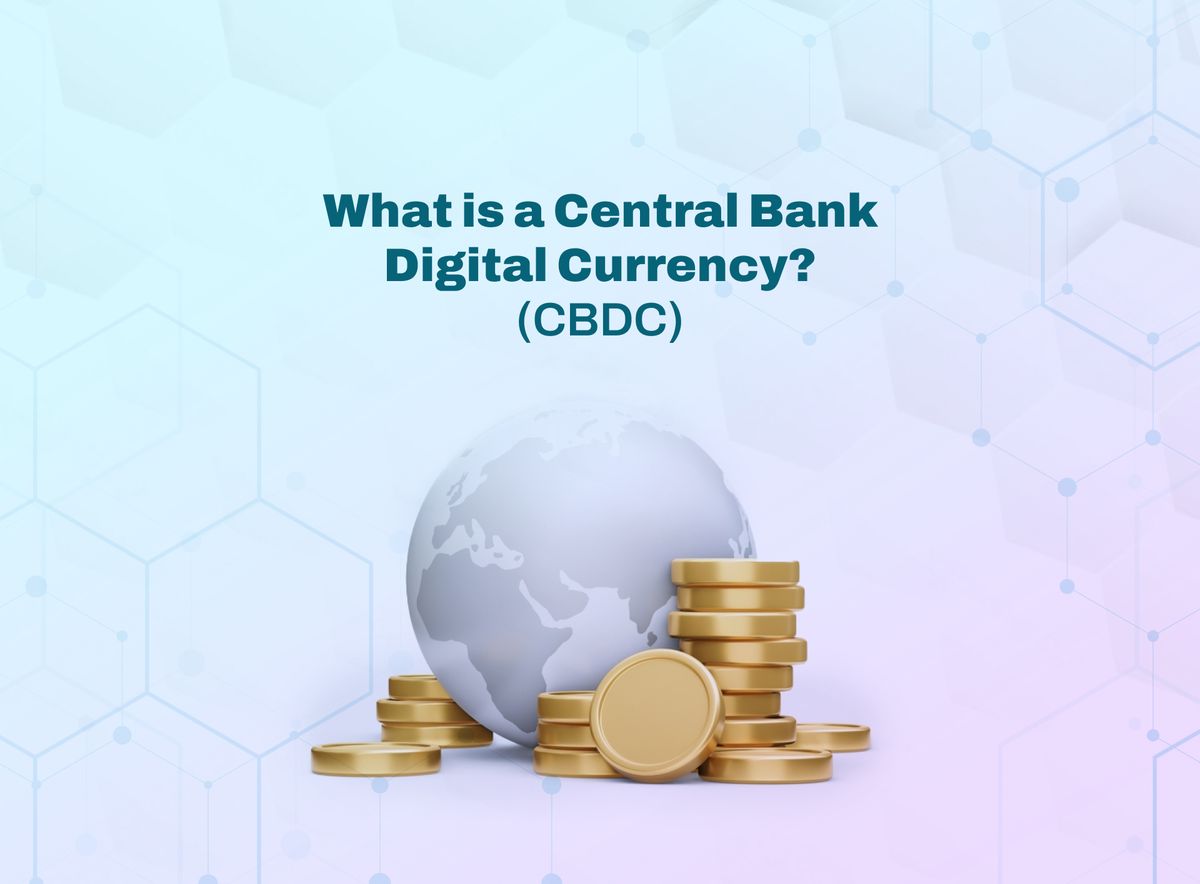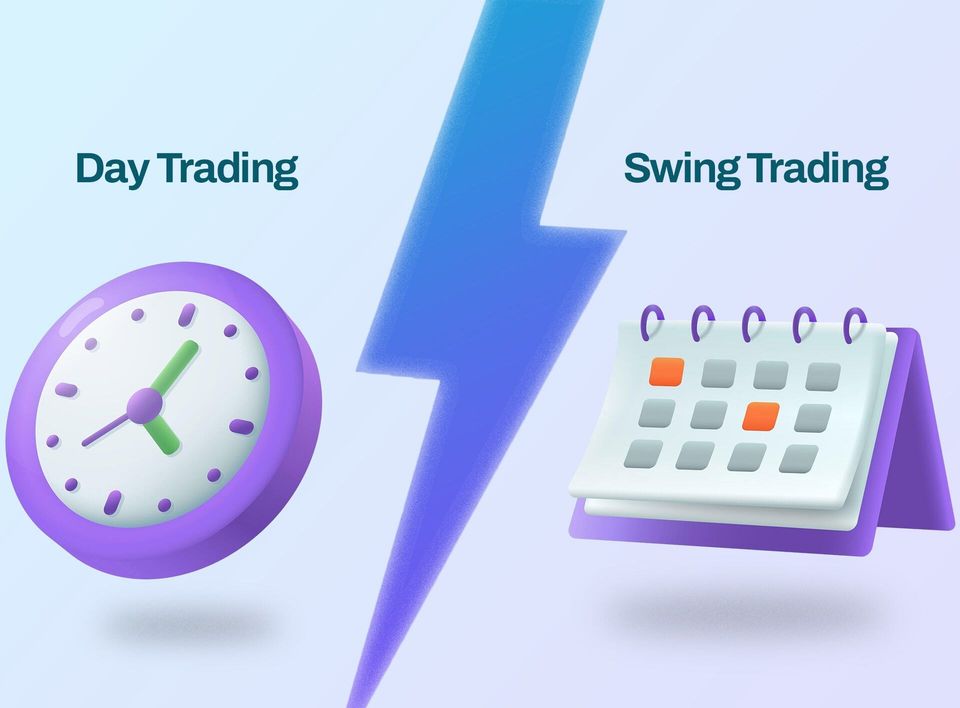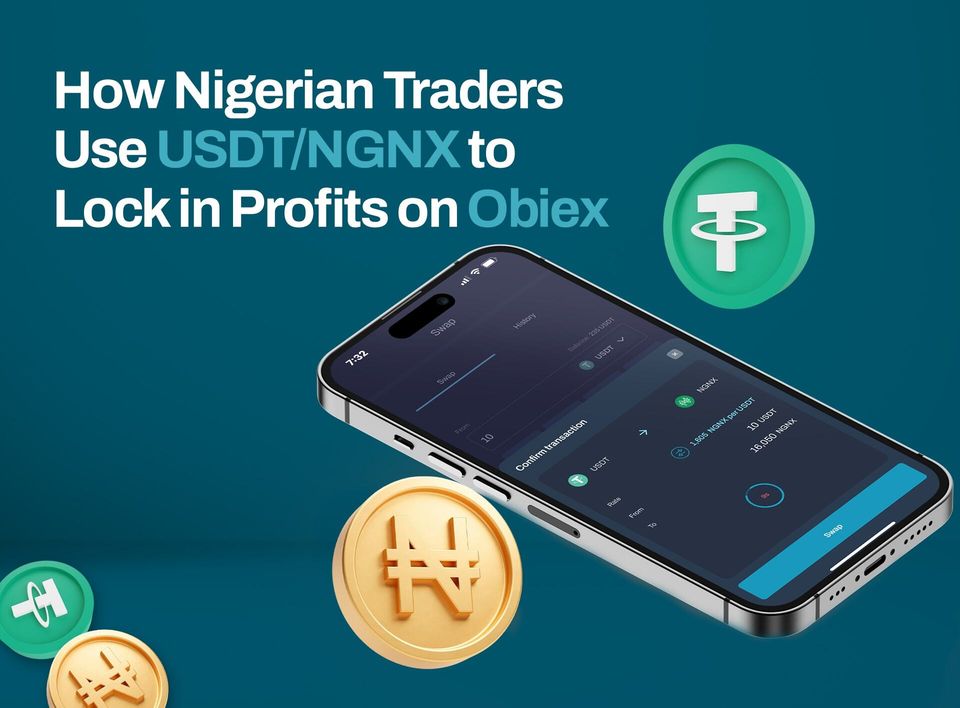What is a Central Bank Digital Currency?
A central bank digital currency is a digital form of a country's currency issued by the country's central bank. It's divided into two categories: wholesale and retail CBDCS.

Although physical currency is still widely used, the rise of cryptocurrencies like Bitcoin and the development of blockchain technology have caused financial institutions and individuals to pay more attention to digital money.
Hence, central bank governments worldwide are researching and exploring the potential of government-backed digital currencies.
This article examines how Central Bank Digital Currencies (CBDCs) work, what countries have launched central bank digital currencies and the difference between Cryptos and CBDCs.
What is a CBDC (Central Bank Digital Currency)?
Central Bank Digital Currency (CBDC) is a digital form of a country's currency issued by the country's central bank.
Rather than printing money, the central bank issues government-backed and generally accessible digital coins or tokens with the same value as the national currency.
The current trend of CBDCs became mainstream in 2020. However, the fundamental concept of establishing a digital currency has been in the works for several decades.
Central authorities were the first to launch these currencies like e-gold in 1996.
According to Wikipedia - e-gold was a digital gold currency operated by Gold & Silver Reserve Inc. (G&SR). G&SR allowed users to open an account on their website to send or receive gold and other precious metals to and from other e-gold accounts.
Unfortunately, their operations were suspended in 2009 due to legal troubles. But before then, the e-gold system had grown to five million accounts, and at its peak in 2006, it was processing over US$2 billion worth of transactions per year.
Bitcoin's public introduction in 2009 changed the digital currency model in two ways.
One, it showed the potential of a decentralised currency without government intermediaries.
Two, it showed the use of blockchain for recording and executing transactions.
Presently, over 12000 different cryptocurrencies are available for public use, and more tokens & coins are being created every other day.
The blockchain industry is growing by leaps and bounds. Decentralised applications and financial structures are in full operation. There are even cryptocurrency lending services.
As a result of the growing crypto-blockchain market and industry, governments worldwide are exploring ways to leverage this new financial technology to create their own central currencies.
Types of Central Bank Digital Currencies
CBDCs are split into two categories - wholesale and retail. Wholesale CBDCs are principally used by financial institutions, while regular businesses and everyday users use retail CBDCs.
1. Wholesale CBDCs
Wholesale CBDCs function similarly to having reserves in a central bank. The central bank provides a financial institution with an account to deposit digital currencies and conduct interbank transfers. Then the central bank utilises monetary policy tools like interest in reserve balances to set interest rates and manage general bank lending.
2. Retail or General-Use CBDCs
CBDCs are backed by the government, which primarily eliminates the risk of customers losing their money because their digital currency issuer went bankrupt. The term "general-purpose CBDC" refers to a CBDC that will be distributed to the general population.
Retail CBDCs are used by businesses and consumers, similar to how money in their bank accounts is used. This means users can send and receive CBDCs, and use them to pay for goods and services, like fiat money.
There are two types of retail CBDCs:
- Token-based retail CBDCs - These digital currencies are accessible with public or private keys, which provide transaction anonymity.
- Account-based retail CBDCs - These digital currencies require digital identification for users to open, access and use an account.
What Countries have launched CBDCs?
Before the covid pandemic in 2020, central bank digital currencies were just theoretical concepts governments were considering without making solid moves to flesh them out.
When the pandemic and ensuing lockdowns hit the world, causing a significant need to send financial aid worldwide, CBDCs became a focal point of action. The coincidental rise of cryptocurrency pushed government digital currency plans further.
According to the Atlantic Council CBDC tracker:
- 105 countries are currently exploring a CBDC. Fifty countries are in an advanced stage (development, pilot or launch ) of digital currency exploration.
- Many countries are looking into alternative payment methods for international transactions, particularly in the wake of financial sanctions on Russia.
- The US and UK are the furthest behind of all G7 nations on CBDC development.
- The European Central Bank has plans to launch a digital Euro by the middle of the decade.
- 19 of the G20 countries are working on CBDCs, with 16 already in the development or pilot stage. This includes India, Japan, South Korea, and Russia.
According to the Central Bank Digital Currency Tracker, 11 countries have their CBDCs in the pilot stage, including:
- Nigeria - eNaira
- France - France CBDC
- China - eCNY
- Canada - Jasper
- Ghana - eCedi
- UAE - Aber
- Saudi Arabia - Aber
- Uruguay - e-Peso
Only two countries: Jamaica and Bahamas, have launched their CBDCs, the JAM-DEX and Sand Dollar, respectively.
What are the Pros and Cons of CBDCs?
Pros of CBDCs
There are several benefits of central bank digital currencies, including:
- Faster and Cheaper Transactions: CBDCs typically run on blockchain technology. Blockchain has a quicker processing time and lower processing fees than the current banking system. Users could send and receive their digital currencies within and outside the country faster and cheaper.
- Banking the Unbanked: Many countries have a large number of people who don't own bank accounts. They're known as the unbanked. With a CBDC, anyone with an internet-enabled phone can sign up for an account or wallet to send and receive funds. There would be little to no need to visit a physical banking institution to fill out multiple account opening forms.
- Enhanced Fraud Detection: All CBDC transactions are recorded and stored on a digital ledger. This will help authorities easily identify fraudulent transactions and other illicit operations.
Cons of CBDCs
There are some drawbacks of central bank digital currencies, including:
- Privacy Concerns: The central bank will completely control its central currency's entire user data. An organisation holding such amounts of sensitive information is a potential privacy disaster. Furthermore, the central bank can block certain transactions and prevent users from accessing their funds for arbitrary reasons.
- Accessibility Barriers: Some people may not have the means required to use a CBDC, like a smartphone or internet access. Others may not trust the new currency and would instead stick to the type of money they're familiar with.
What's the difference between Central Bank Digital Currency and Cryptocurrency?
Although a CBDC is a digital currency that can run on a blockchain, it is not a cryptocurrency. Four key differences exist between both assets:
- Cryptocurrencies are primarily decentralised, while CBDCs are centralised.
- Cryptocurrencies offer anonymity for financial transactions, while the central bank fully knows CBDC transaction details.
- Cryptocurrencies are generally not backed by the government, while CBDCs would have full government support.
- Cryptocurrencies (except most stablecoins) are volatile, while CBDs are stable because they are digital versions of a country's currency.
To Recap
The financial world and how money works are evolving. As we move towards a fundamentally digital world, it is understandable that traditional banking systems are finding ways to stay updated.
Although most central bank digital currencies are still in the research or development stage, they'll likely become a standard part of financial operations worldwide.
Disclaimer: This article was written to provide guidance and understanding. It is not an exhaustive article and should not be taken as financial advice. Obiex will not be held liable for your investment decisions.




